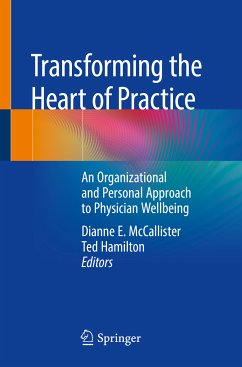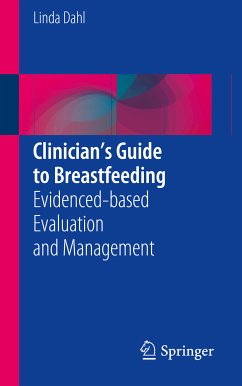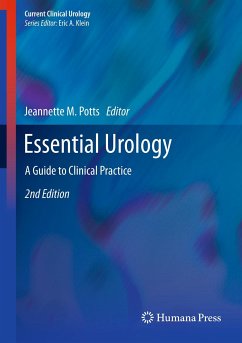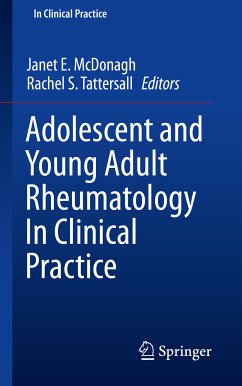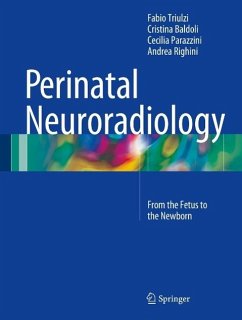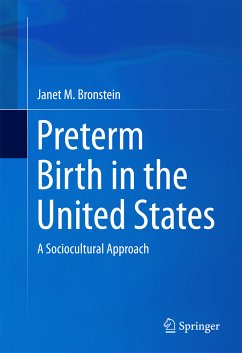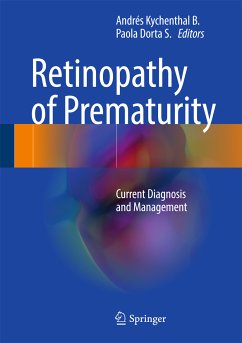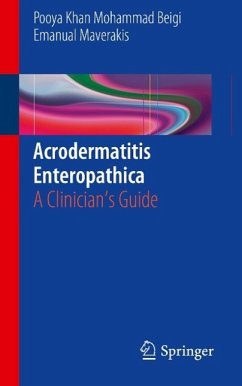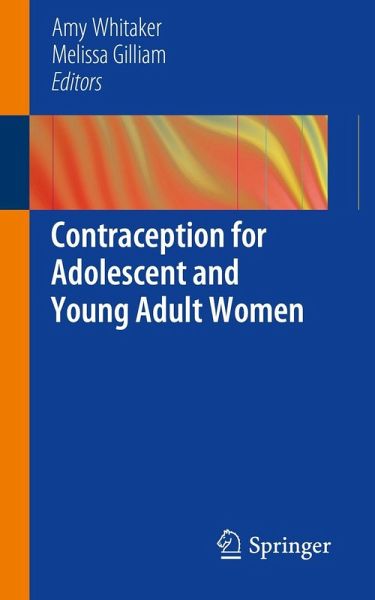
Contraception for Adolescent and Young Adult Women (eBook, PDF)
Versandkostenfrei!
Sofort per Download lieferbar
72,95 €
inkl. MwSt.
Weitere Ausgaben:

PAYBACK Punkte
36 °P sammeln!
Forty-five percent of adolescents ages 15-19 have had sexual intercourse. By age 19, 75% of all adolescents have had sexual intercourse. Most adolescents select condoms as their most reliable method of contraception. The United States continues to rank among the highest of all similarly developed countries in rates of adolescent pregnancy, and the unintended pregnancy rate is highest among women ages 20-24. The reasons for these public health statistics are myriad, but a major issue is that adolescents and young women use contraception inconsistently. Thus, there is a need for youth to learn a...
Forty-five percent of adolescents ages 15-19 have had sexual intercourse. By age 19, 75% of all adolescents have had sexual intercourse. Most adolescents select condoms as their most reliable method of contraception. The United States continues to rank among the highest of all similarly developed countries in rates of adolescent pregnancy, and the unintended pregnancy rate is highest among women ages 20-24. The reasons for these public health statistics are myriad, but a major issue is that adolescents and young women use contraception inconsistently. Thus, there is a need for youth to learn about and use contraception consistently and effectively. Unfortunately, misinformation abounds, even among practicing clinicians. Young people need a clinician who is up to date on clinical recommendations regarding contraceptive care. The busy clinician needs information at his or her fingertips, needs to know how to create a teen-friendly environment and must exhibit best contraceptive counseling practices.
Gynecologists and primary care practitioners (as well as family physicians, adolescent medicine physicians and pediatricians) are on the front lines when it comes to discussing, recommending and prescribing contraceptive options to adolescent and young women. This book is a valuable resource for these clinicians; it is the only handbook on the market on contraception for the adolescent and young adult women and it is filled with evidence-based information in an easy to read and easy to digest format. Now is an optimal time for a book of this sort. The Centers for Disease Control and Prevention just completed a clinical guideline for contraceptive care based on the World Health Organization's Medical Eligibility Criteria (MEC). The United States MEC seeks to demystify contraceptive care for all women. It also lays the groundwork for helping providers improve clinical practice in contraceptive care. Contraception for Adolescent and Young AdultWomen will complement these efforts in a manner tailored to the unique needs of this population.
Gynecologists and primary care practitioners (as well as family physicians, adolescent medicine physicians and pediatricians) are on the front lines when it comes to discussing, recommending and prescribing contraceptive options to adolescent and young women. This book is a valuable resource for these clinicians; it is the only handbook on the market on contraception for the adolescent and young adult women and it is filled with evidence-based information in an easy to read and easy to digest format. Now is an optimal time for a book of this sort. The Centers for Disease Control and Prevention just completed a clinical guideline for contraceptive care based on the World Health Organization's Medical Eligibility Criteria (MEC). The United States MEC seeks to demystify contraceptive care for all women. It also lays the groundwork for helping providers improve clinical practice in contraceptive care. Contraception for Adolescent and Young AdultWomen will complement these efforts in a manner tailored to the unique needs of this population.
Dieser Download kann aus rechtlichen Gründen nur mit Rechnungsadresse in A, B, BG, CY, CZ, D, DK, EW, E, FIN, F, GR, HR, H, IRL, I, LT, L, LR, M, NL, PL, P, R, S, SLO, SK ausgeliefert werden.




